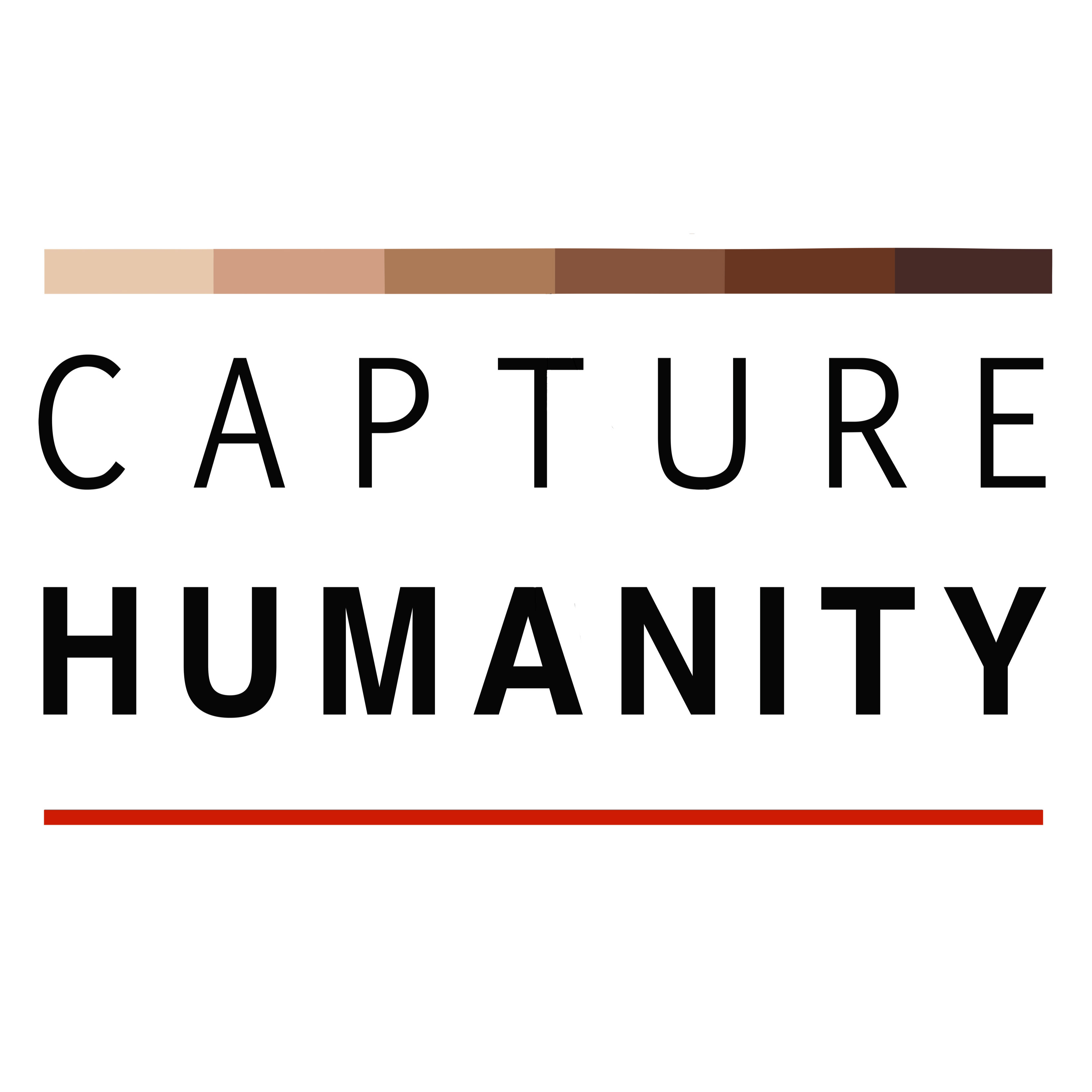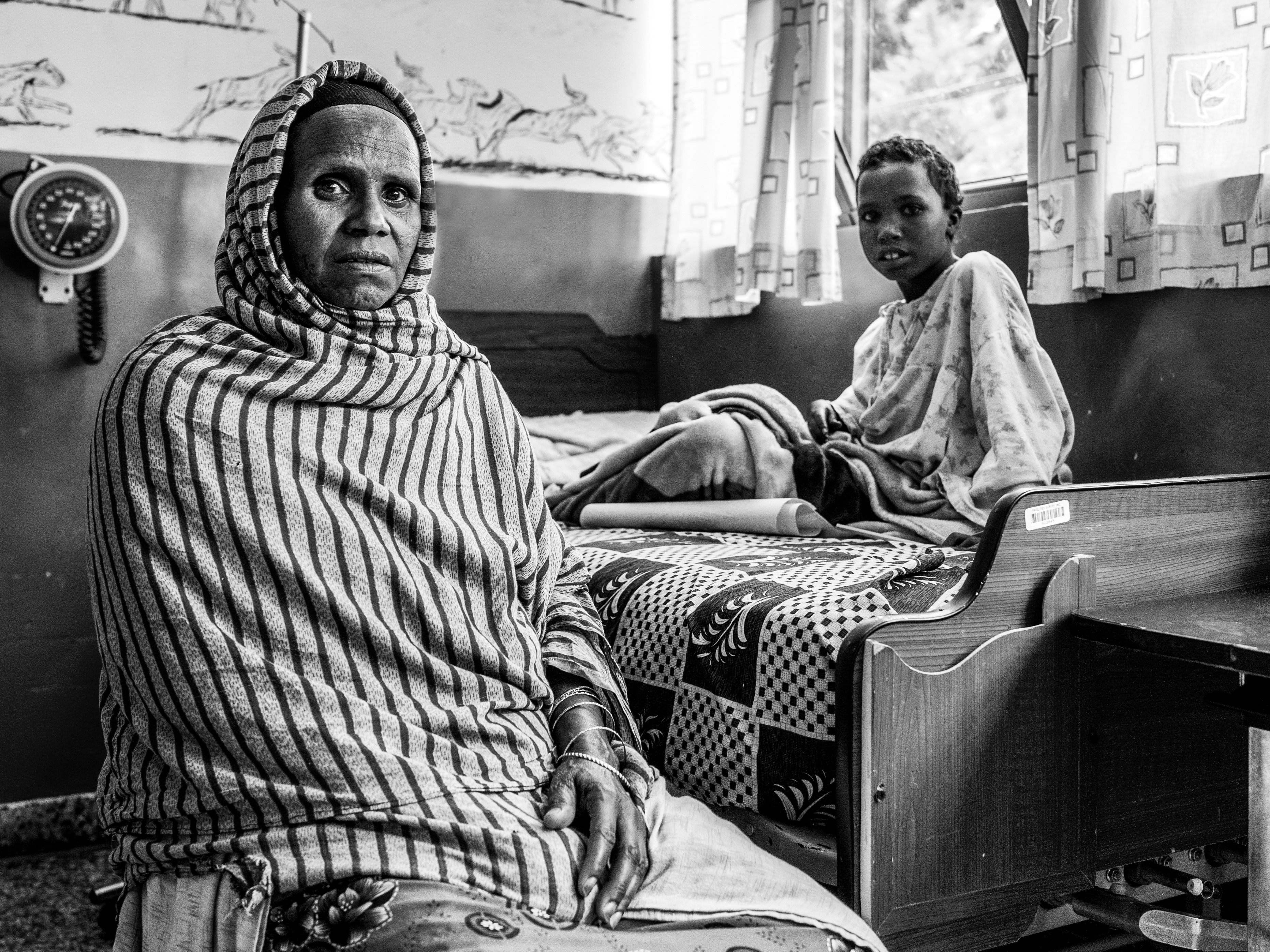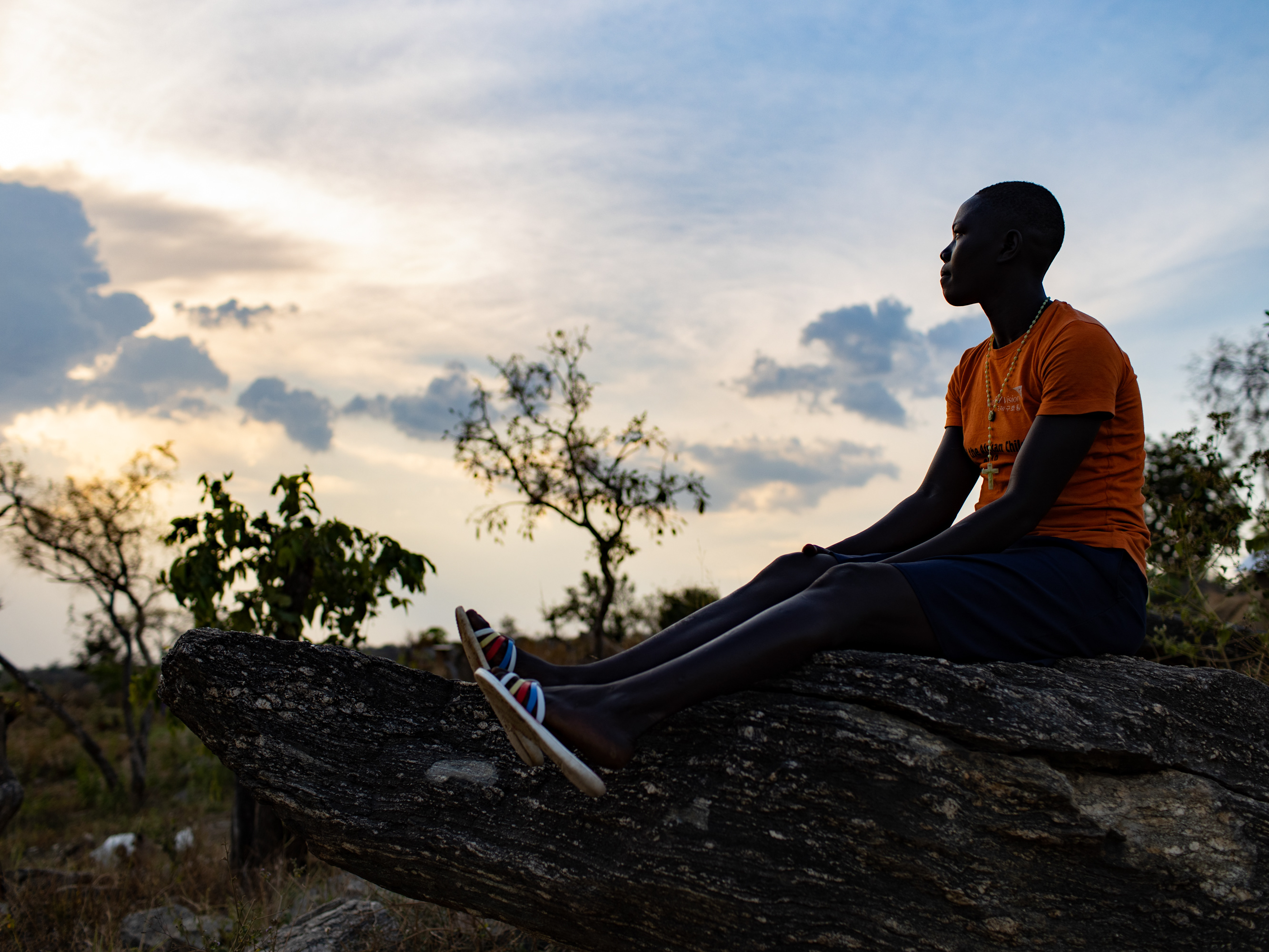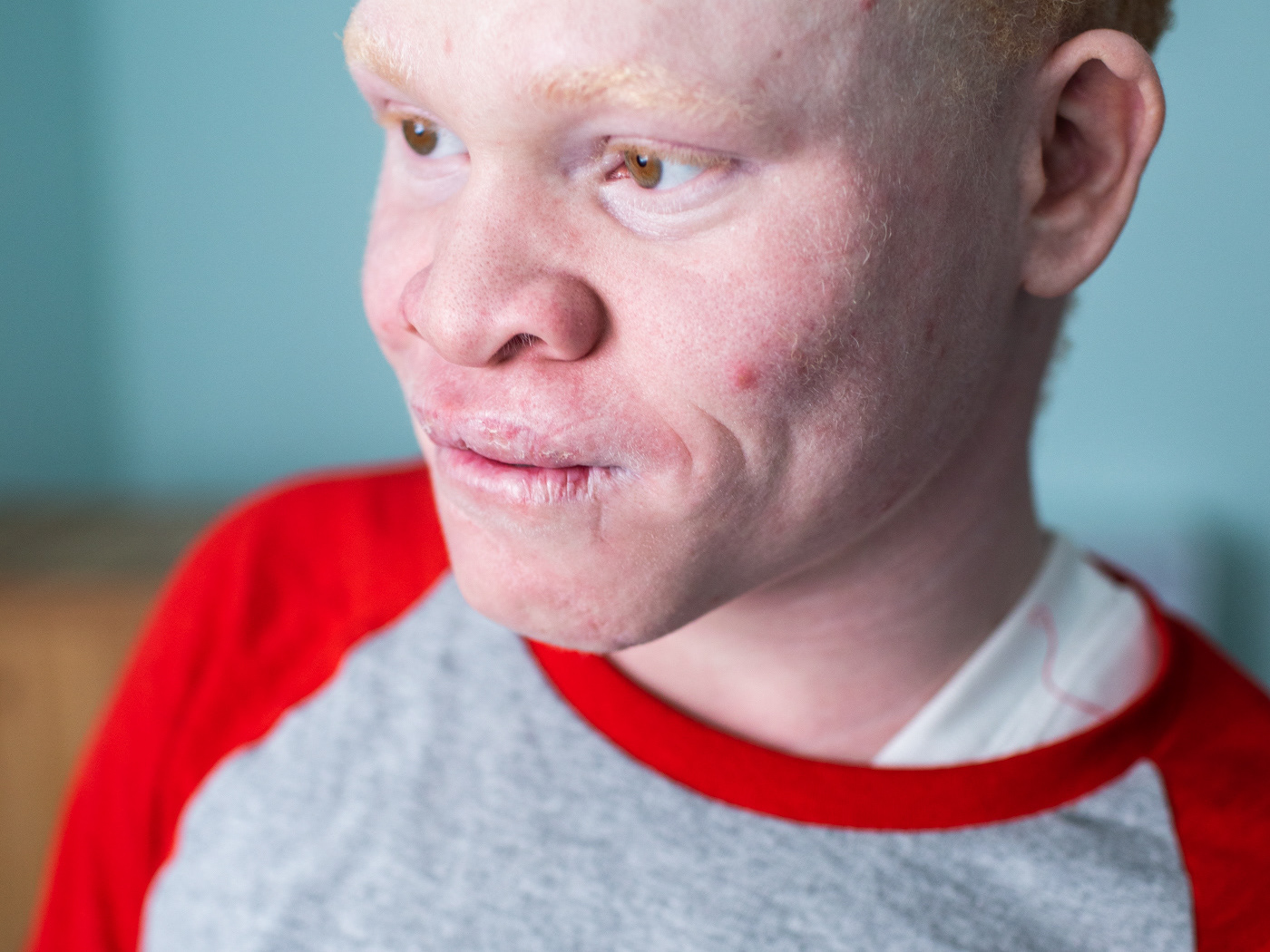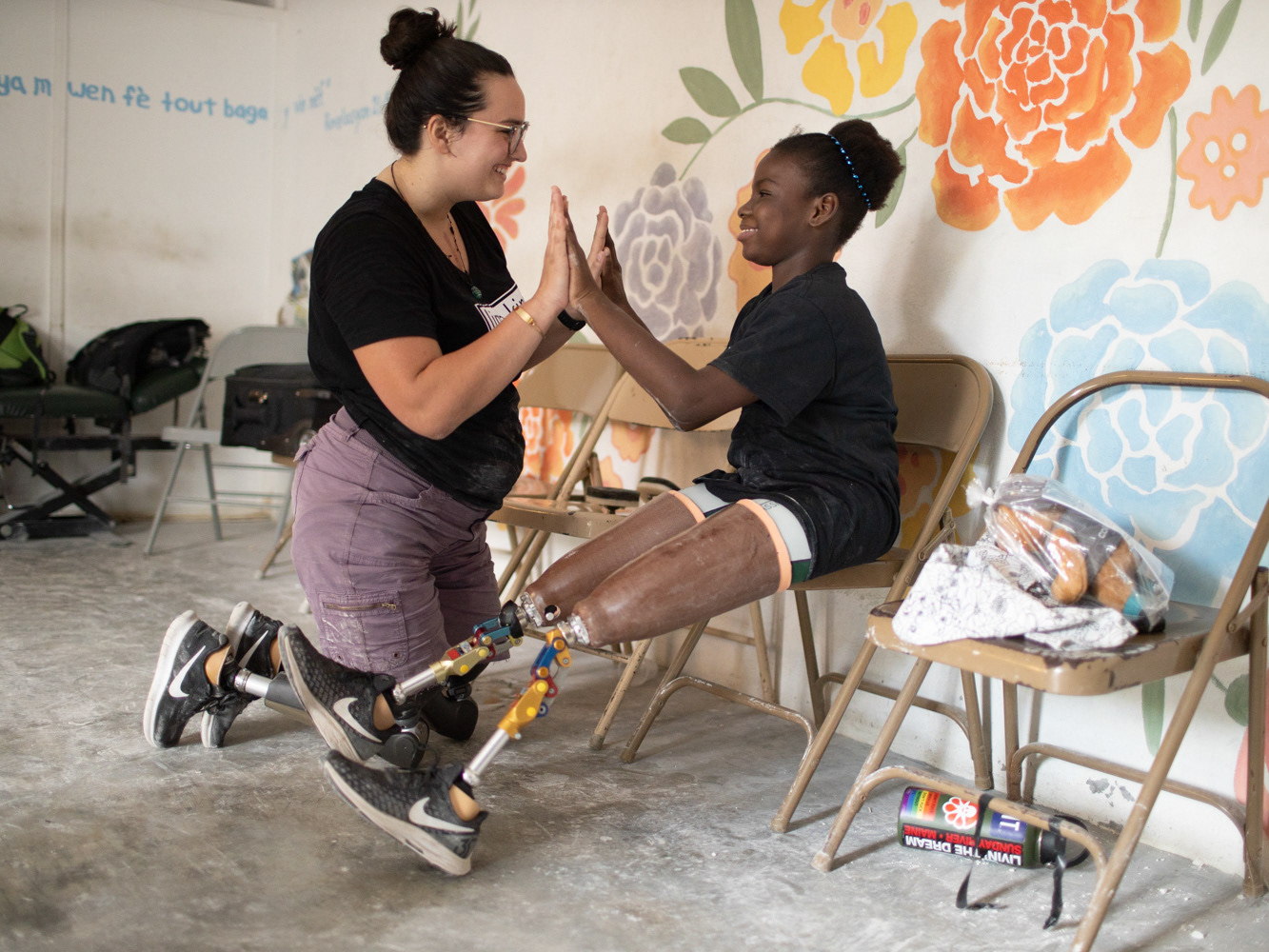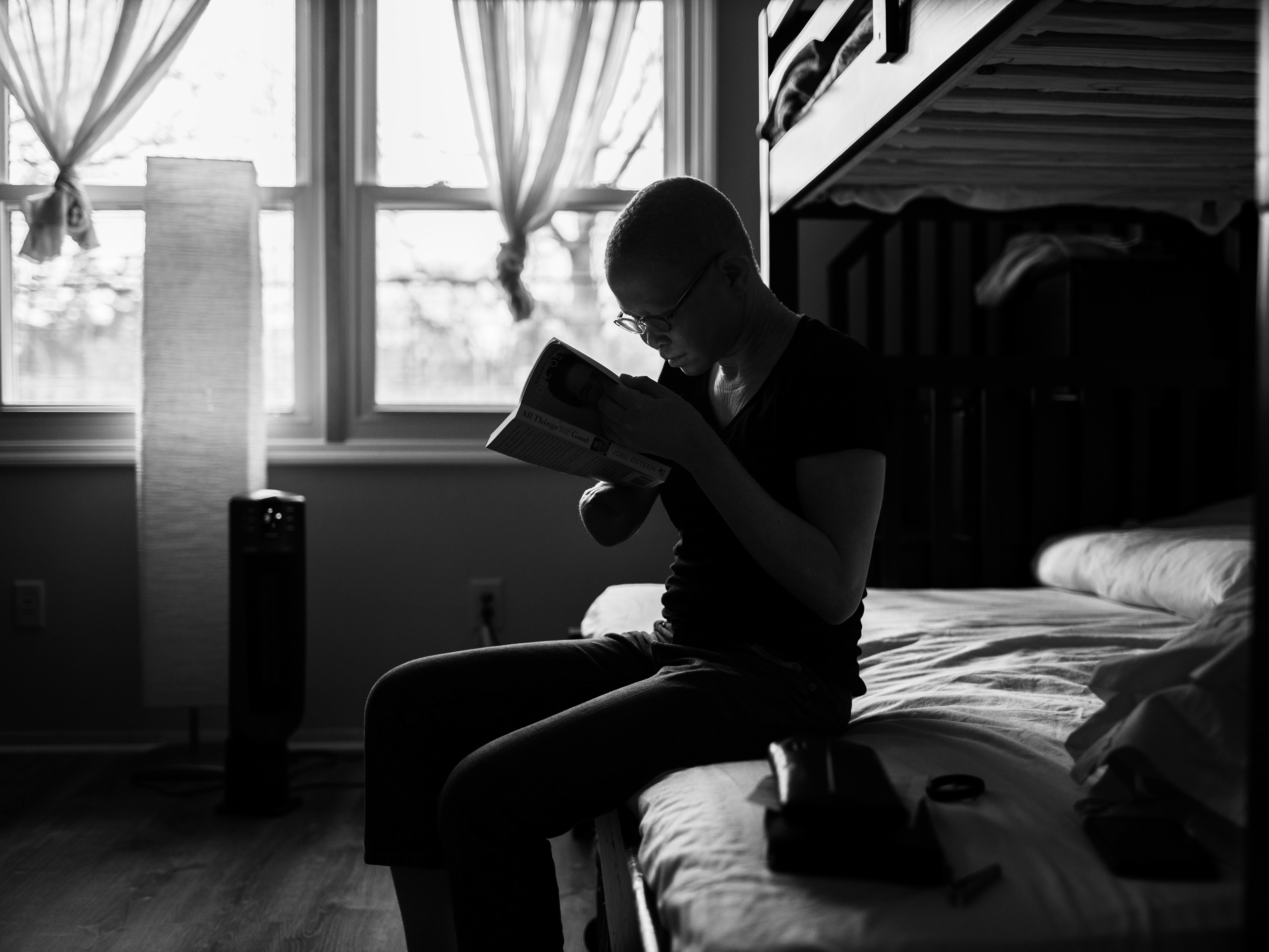Human trafficking is globally pervasive, economically motivated, and emotionally overwhelming. It’s a horrific industry that pulls in about $150 billion every year – and it isn’t just an issue for developing countries. Polaris estimates that there are hundreds of thousands of victims in the United States.
Despite increasing efforts and a global movement to raise awareness about the atrocities of human trafficking, many people remain unaware that modern day slavery persists in alarming numbers.
The Faces Behind Atrocity series aims to advocate for and alongside the survivors, amplifying their voices and documenting their healing and the organizations that support them through it. The project has roots in Nairobi, where local nonprofit HAART Kenya works within national borders to rescue and rehabilitate human trafficking survivors. The original series involved seven young women of four different nationalities, ranging in age from 13 to 16 years old. They were rescued from the horrors of the trafficking world and are in various stages of the healing process. In addition to providing a visual representation of their resilience, beauty, and strength, each survivor recorded a written testimony of how they were lead into trafficking and the atrocities they faced.
Shirley, a victim of Child Domestic Work (CDW), was rescued from an abusive situation, where she worked long hours and completed heavy work. For this, she did not receive a wage for benefits. Working outside of her home, Shirley was separated from her family for extended periods of time, and under the complete control of her employer. Many CDWs like Shirley are not allowed to go beyond closed doors, except when the employer sends them on errands or brings them along when their services are needed. Isolated from family and peers, they rarely leave, and suffer from many forms of abuse.
Milele, a 15-year-old survivor of human trafficking, sits for a photo outside her home in Nairobi, where she lives in a shelter for survivors of human trafficking. "I always knew that I had to go through the 'cut'. At age 14, I was forced by my family to go through the 'cut.' I will never forget that day. Soon after I was married off to an old man." Milele currently resides in a safe house where she receives therapy with a psychologist, participants in art therapy and plans to attend school.
Female Genital Mutilation (FGM) is commonly referred to as the 'cut' and is also referred to as "female rite of passage." The "female rite of passage" is thought to elevate a girl from childhood to the status of adulthood. According to the UN, communities that practice FGM report a variety of social and religious reasons for continuing the practice. Seen from a human rights perspective, the practice reflects deep-rooted inequality between the sexes, and constitutes an extreme form of discrimination against woman.
When is Child Marriage considered slavery? Child Marriage can be referred to as slavery, if one or more of the following elements are present:
• If the child has not genuinely given their free and informed consent to enter the marriage
• If the child is being controlled and a sense of being “owned” in the marriage is present. This is seen particularly through verbal, physical, sexual threats, and being forced to undertake domestic chores in and outside of the marital home.
• If the child cannot make the choice to leave or end the marriage, leading to a lifetime of slavery.
• If the child has not genuinely given their free and informed consent to enter the marriage
• If the child is being controlled and a sense of being “owned” in the marriage is present. This is seen particularly through verbal, physical, sexual threats, and being forced to undertake domestic chores in and outside of the marital home.
• If the child cannot make the choice to leave or end the marriage, leading to a lifetime of slavery.
“I was 14-years-old when a family friend introduced me to a much older man. This man soon became my husband. I dreamed of attending school but realized my plans for an education was not possible."
Child Brides are not physically and emotionally ready to become wives and mothers. Being forced into marriage at such a young age puts them at risk of suffering from domestic violence, contracting STDs, and enduring dangerous pregnancies and childbirth. With little access to education and economic opportunities, they and their families are more likely to live in poverty.
Ash, a 14-year-old survivor of human trafficking, was trafficked by her aunt as a Child Domestic Worker (CDW). She was on call 24 hours a day, 7 days a week without a wage or benefits. She worked tirelessly, perfuming domestic chores such as washing dishes, cooking, cleaning, and caring for young children. Throughout her ordeal, Ash was verbally, physically, and sexually abused. Like most CDWs, Ash did not have a work contract, benefits, or access to health services. Many CDWs are sold, trafficked, and work in bondage, without pay.
14-years-old, I met a family friend in Ethiopia. He promised to take me to a good school in Nairobi. A few days later I traveled with this family friend to Nairobi. When I arrived, he took me as his wife.”
Every day Tumaini was physically and sexually abused by her husband. After an abusive episode a nurse caring for Tumaini helped her escape. Child marriage disproportionately affects girls around the world, and denies their fundamental rights to health, safety, and education. Girls who are married before the age of 18 are more likely to suffer from intimate partner violence, including sexual, physical, psychological and emotional violence.
